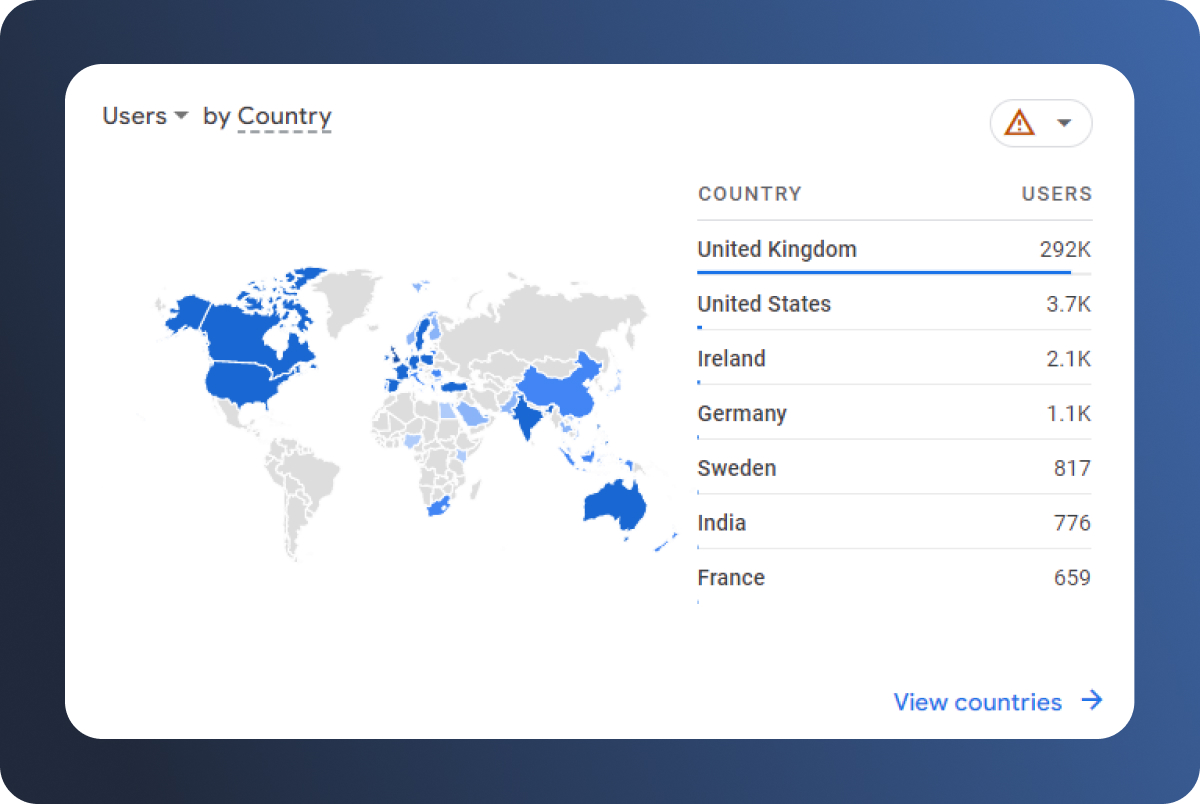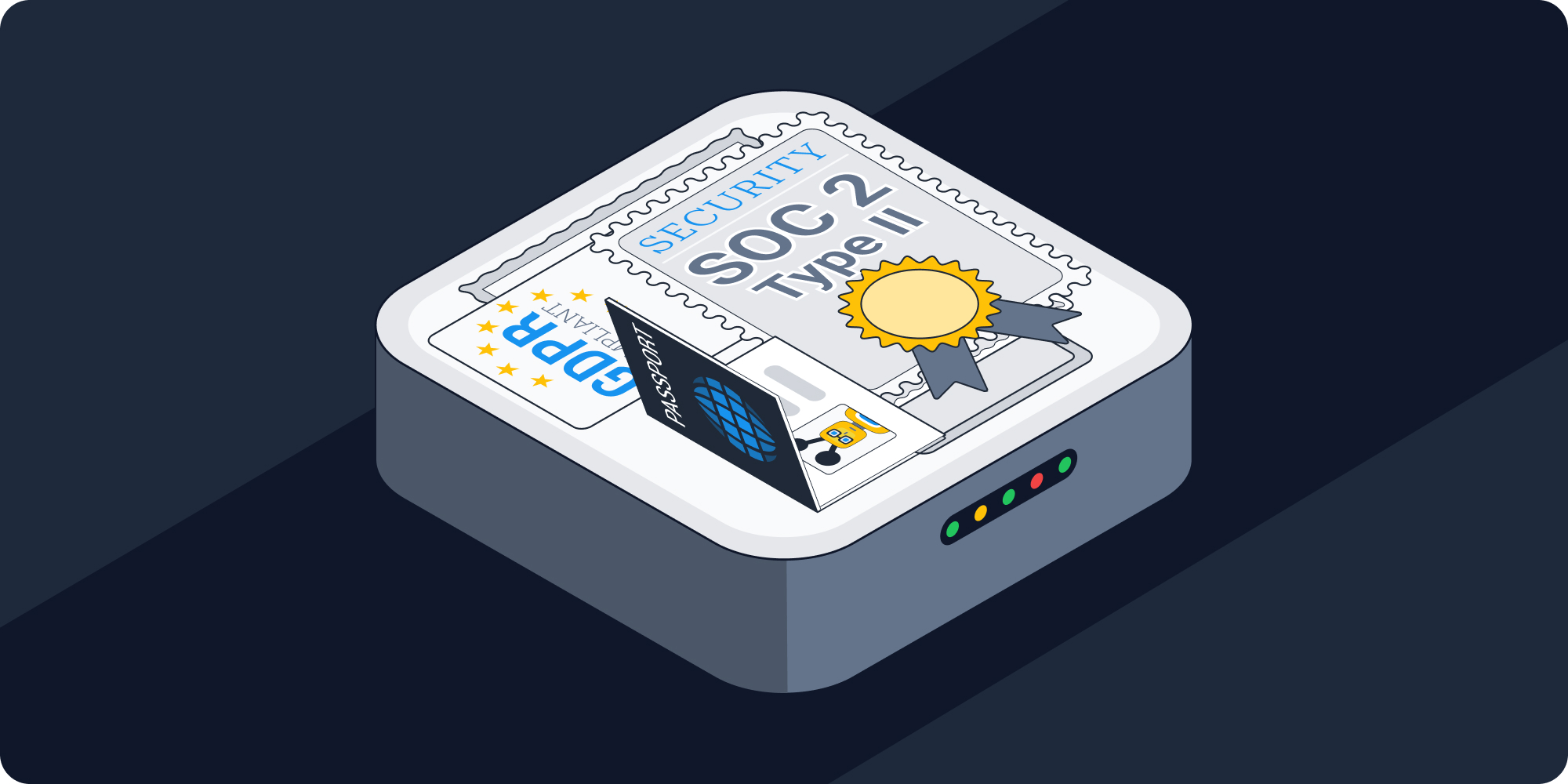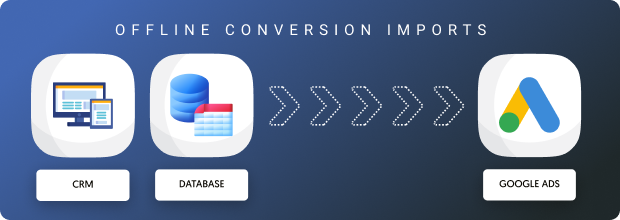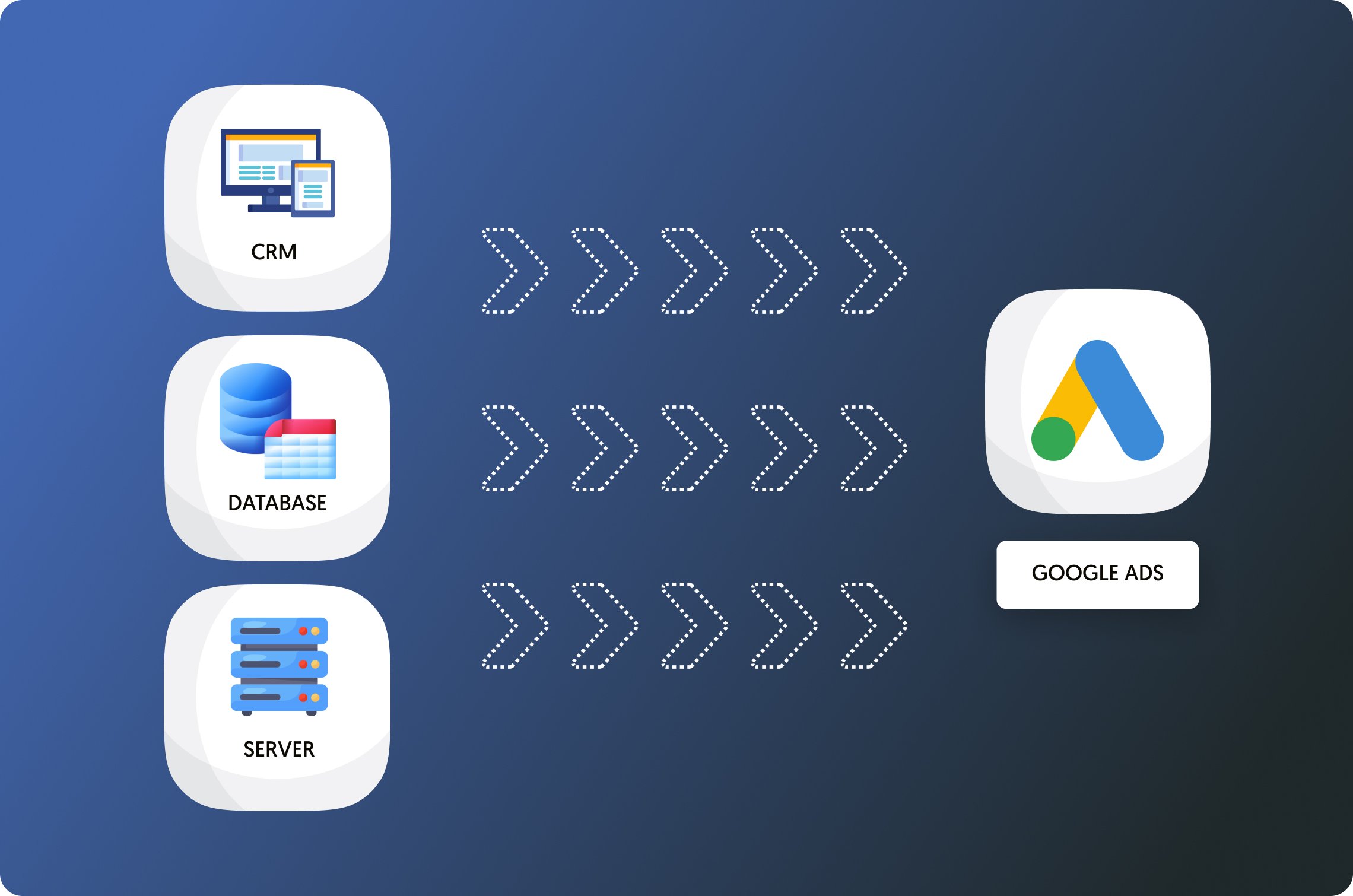I’m Josef, Head of Marketing at Dataddo, and in this article, I’m going to talk about three ways you can use first- and zero-party data to optimize and track ad performance in Google Ads. It’s important to mention that we ourselves use or have used these solutions and we can tell you—they work!
It’s also important to mention that, although we are focusing on Google Ads, these solutions can be applied to most other online advertising platforms.
Click to skip down.
- What is first- and zero-party data?
- Pros and cons of using first- and zero-party data for online ads
- Solution #1: Server-to-server (S2S) tracking
- Solution #2: Offline conversion imports (OCI)
- Solution #3: Server-to-server tracking with conversion value adjustment
What Is First- and Zero-Party Data?
Basically, first- and zero-party data is data that you own. In this article, we will not distinguish between the two types, and we will refer to them collectively as first-party data.
More specifically: Zero-party data is data that’s been provided to you directly by a customer or prospect, with explicit consent, e.g., responses from forms.
First-party data is data that you’ve collected with implicit consent from customers or prospects, i.e., data on the way they behave in your app or on your website.
Pros and Cons of Using First- and Zero-Party Data for Online Ads
Let’s get the cons out of the way first.
Con #1: One of the main reasons first-party data has been less widely used for online advertising is that it’s more difficult to collect and use.
You have to set up tracking on your app or website, feed the data to a server or database, and—in many cases—enrich it with data from other apps like your CRM. In the case of offline conversion imports, you also have to find a way to send the data back into Google Ads.
In contrast, using third-party cookies and client-side tracking, any performance marketer can set up a Google Ads account and start running targeted ads in a couple of hours.
Con #2: The scope of first-party data is much smaller.
It’s only about those who have visited your app or website, and it may lack contextual details about user interests and demographics, for example.

Due to these fundamental limitations, first-party data will never be able to fully replace the function of third-party data. But, it brings benefits that third-party data simply can’t.
Pro #1: First-party data is much more accurate because it’s collected directly by you from users.
It can include granular details on in-app or on-web user behavior, conversions, and personal information collected via responses to forms (e.g., questionnaires presented upon initial signup/login).
If you have enough of it, first-party data is great for online advertising because it gives ad platforms a clear idea of who is already using your website or app.
Pro #2: Use of first-party data is much safer from the perspective of regulatory compliance, because it’s only ever provided with the consent of the user, and it’s not shared with other entities.
Growing privacy concerns are precisely what has motivated Google to sunset third-party cookies. GDPR fines are growing, American authorities are starting to take data privacy more seriously, and everyone is nervous about the new compliance risks brought by AI.
First-party data is therefore becoming an essential, compliant alternative to third-party data, despite its limitations.

Here are three ways we have been using first-party data to optimize our Google Ads.
Solution #1: Server-to-Server Tracking
Server-to-server (S2S) tracking is an alternative to traditional client-based tracking and third-party cookies. In S2S, any tracked user data—e.g., on the behaviors and actions that occur during a session—is sent to your server rather than a third-party server. From your server, it can then be sent into Google Ads.
If set up correctly, S2S tracking is an effective alternative. I must admit, however, that the initial setup of this solution was rather difficult for us, and it required significant intervention from our data team.
Furthermore, setup is dependent on your tech stack, so it doesn’t make sense for me to give a step-by-step guide (check out Google's documentation on the topic here).
Instead, I’ll just quickly share the pros and cons.
Pros of server-to-server tracking:
- The data you collect is reliable and, since you own it, it’s compliant.
- It doesn’t require the firing of scripts from your website, and therefore doesn’t slow your site down.
Cons of server-to-server tracking:
- It requires time and technical skill to set up and maintain.
- Unless you have your own servers in house, you will have to pay to use a server managed by a third-party (e.g., Google).
In sum, S2S tracking can be very beneficial, but the cost of setup will be prohibitive for many readers of this article, because it requires a data team.
Solution #2: Offline Conversion Imports (OCI)
If one of these solutions is more important for online advertising than the others, it’s offline conversion imports.
In this arrangement, you send conversion data to your data warehouse (not your server like in S2S), where it can be combined with other data (e.g., data from your CRM) before being sent back to Google Ads. You can also send data straight from your CRM to Google Ads if you don't need to combine it with data from other tools.
This solution is useful because conversion data accounts for events that may not be captured directly by online S2S tracking, like phone calls.
The idea is quite simple. By importing offline conversion data to Google Ads as soon as possible after conversions take place, we can greatly increase the chances of bidding the right amounts on the right prospects.

In our experience, this solution is highly effective and is the easiest of the three solutions to set up. However, there are three major challenges associated with it:
- Imported data must be reliable. In our experience, if you import data manually, or automatically via native integrations with other Google products or CRMs, the probability of data being unreliable is too high for comfort. Having some kind of data quality checking system is essential.
- Conversion data must be imported very regularly. If you import data only once a week, for example, you could spend days bidding on less qualified prospects, which is especially crucial in case of campaigns that are time-sensitive. Best is to automate imports.
- The "match rate" of offline conversion import data with data tracked S2S won't ever be 100%. At Dataddo, for example, we use emails as identifiers and are typically able to match between 50% and 65% of events. This can be an issue for your Ads accounts if your conversions are not sufficiently high.
By a longshot, the best way to overcome these challenges is to use a data integration tool like Dataddo.
Yeah, I work for Dataddo, so this sounds biased, but ad performance is my main KPI, so if I thought a better method for OCI existed, I’d use it! For more information, read my full article on offline conversion import, the methods for it and their pros and cons, and how to set it up with Dataddo. Or watch my webinar on the same topic!
Solution #3: Server-to-Server Tracking with Conversion Value Adjustment
This solution is essentially a combination of the first two. It’s the most sophisticated, but also the most complicated to set up.
In this solution, we take the same server-side data from solution #1 and enrich it with the OCI data from solution #2.
This allows you to account for adjustments in conversion values after conversion data has been sent to Google Ads. This is extremely useful because conversion values often change after conversions take place (e.g., customers return purchases or cancel meetings they booked).
As this is a new solution, we at Dataddo are currently in the experimentation phase with it. Here are the pros and cons I see so far:
Pros of server-to-server tracking with conversion value adjustment:
- If set up correctly, you get the best of both worlds: precise conversion tracking plus the ability to change the values of conversions after they have been tracked.
- All the other pros of S2S tracking and OCI, including easy upload of conversion adjustments via Dataddo.
Cons of server-to-server tracking with conversion value adjustment:
- There are a lot of moving parts to this solution. Your data infrastructure has to be configured just right and the quality of imported conversion data must be flawless. This makes solution #3 the most technically demanding, and therefore the most costly.
- All the other cons of S2S tracking and OCI.
In sum, this solution gives you the compliance and reliability of server-side data collection along with the strategic advantage of using enriched conversion data for ad optimization.
Now Is the Time to Start
Though all of these solutions have been around for a while, they haven’t been as popular as they are now because, well, third-party cookies just make things easy!
But with third-party cookies leaving the table, server-to-server tracking and OCI will become essential alternatives for online advertisers.
As I wrote above, these solutions take some time to set up, so now is the time to start!
|
Connect All Your Data with Dataddo Just a few quick steps to automate import of offline conversion data to Google Ads. |




Comments